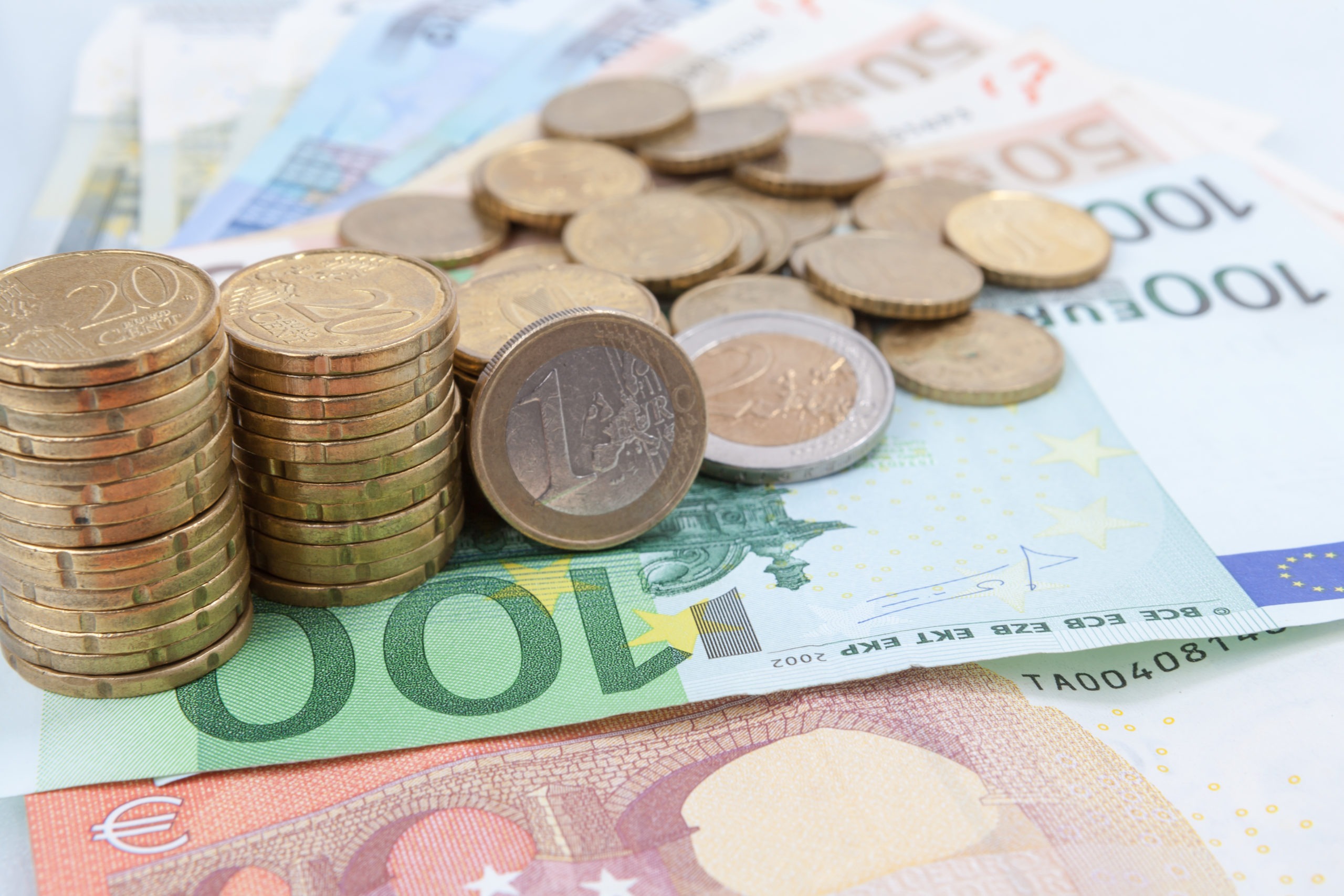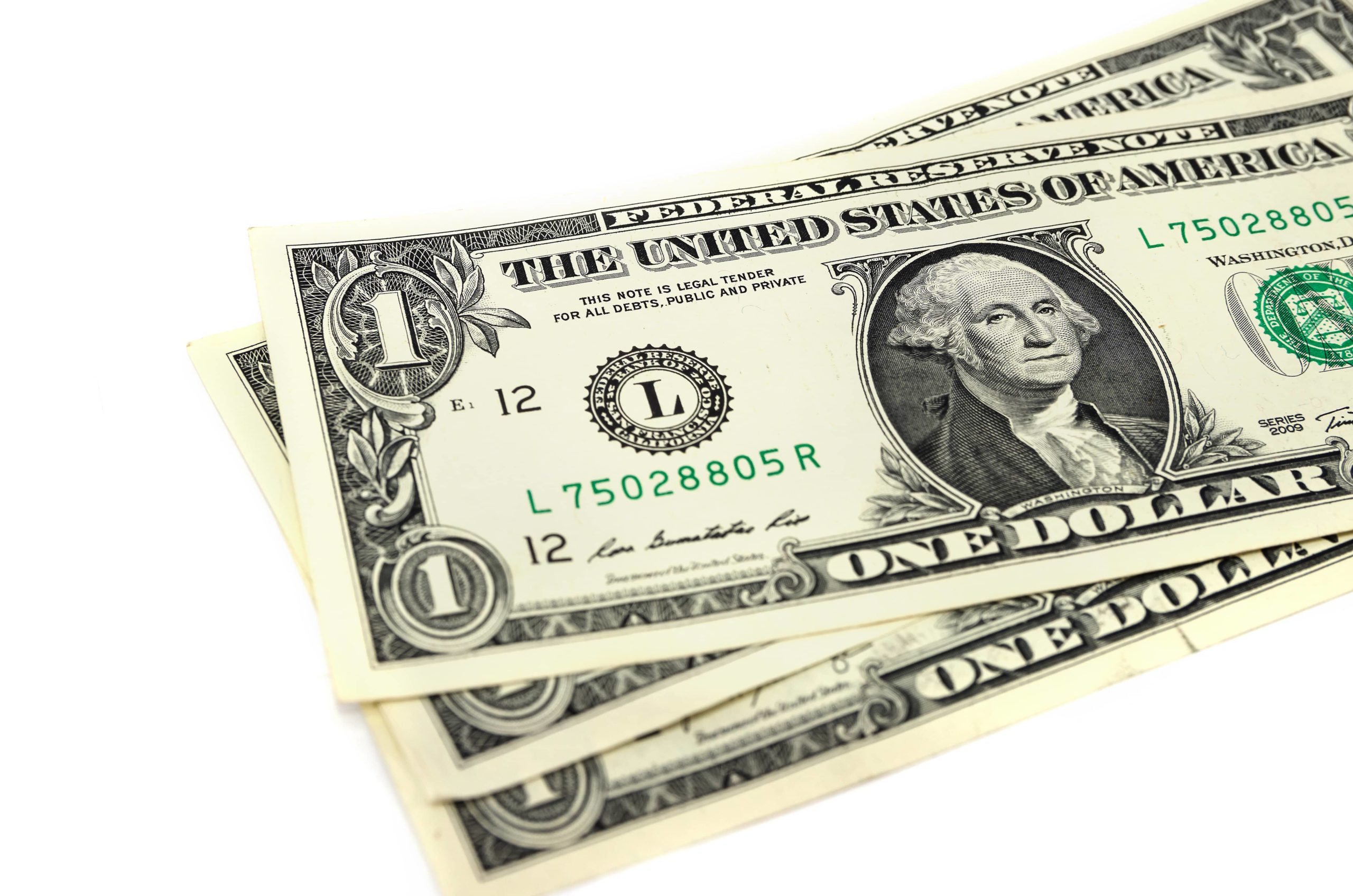The U.S. currency jumped to a two-week high on Monday against a basket of currencies. Tensions between the Russian Federation and the West over Ukraine helped to boost the U.S. dollar. Also, the possibility of a more hawkish position from the central bank lifted the world’s reserve currency.
Until recently markets were not fretting about the Russian troops near Ukraine’s border. However, tensions increased in recent days. U.S. State Department made an important decision. It ordered families of diplomats based in Kyiv to leave the country.
The IHS Markit Flash Composite Purchasing Managers’ Index for the euro zone fell in January to its lowest point since last February.
The euro dropped 0.4% against the dollar at 13:00 GMT to $1.1298. The single currency also lost ground against the safe-haven Swiss franc, falling to 1.0298, the lowest since May 2015.
The dollar index which tracks the greenback against a basket of currencies gained 0.4% to 96.01. The index gained some 1.5% since January 14. During this period, a number of banks raised forecasts for the speed and size of policy tightening by the Federal Reserve.
The Japanese yen added 0.1% to 113.56 per dollar, a one-month high.
Dollar and yuan
The Chinese yuan climbed to its highest point against the U.S. dollar since May 2018 to 6.324.
The Australian and New Zealand dollars declined. The Australian dollar dropped 0.7% to a one-month low of $0.712. The New Zealand dollar declined to the lowest level since November 2020. It fell 0.4% to 0.6688.
The price of Bitcoin declined below $34,000 for the first time since last July. The world’s largest cryptocurrency in terms of market capitalization traded as low as $32,967. Ether also declined on Monday. It fell to around $2,444, its worst result since July.
















